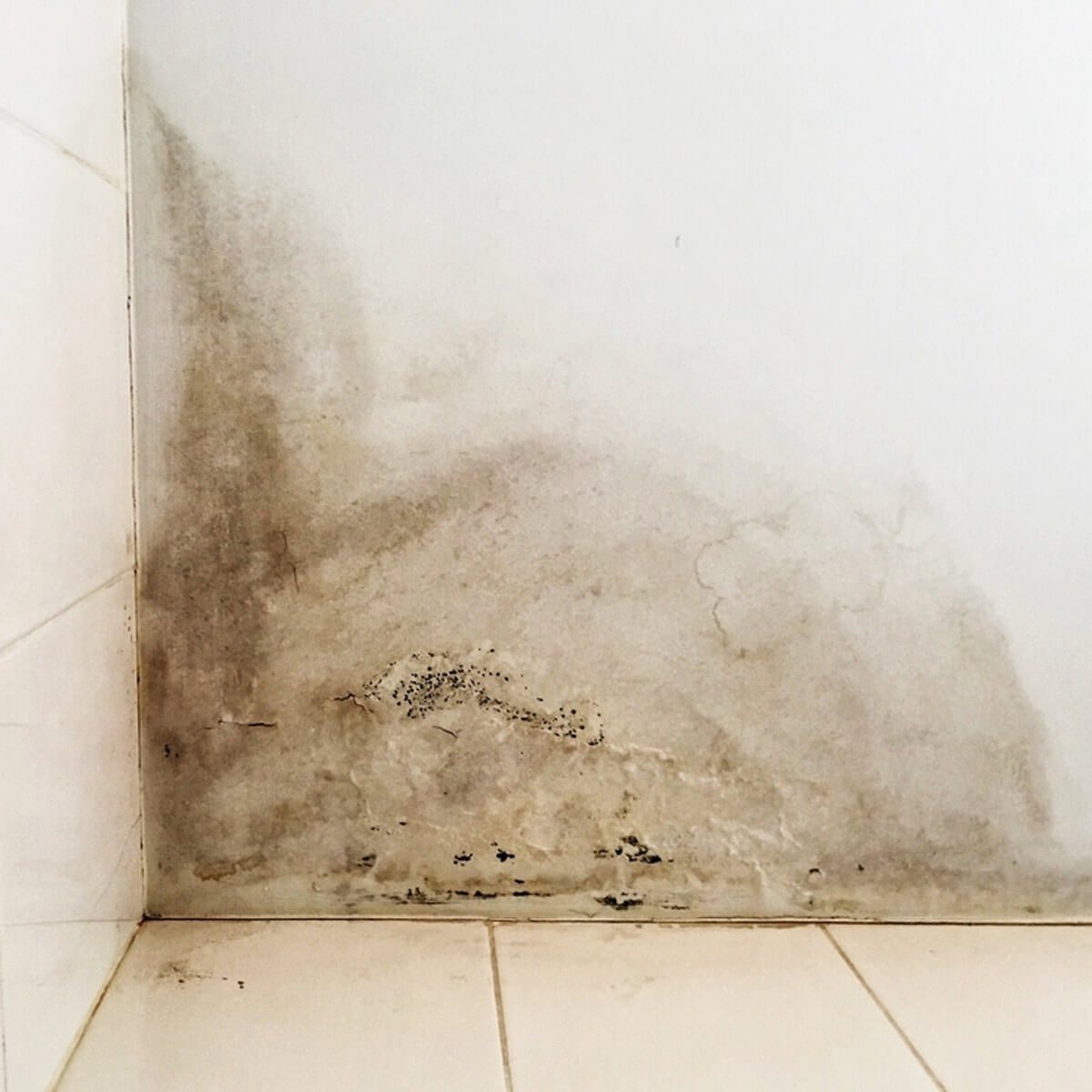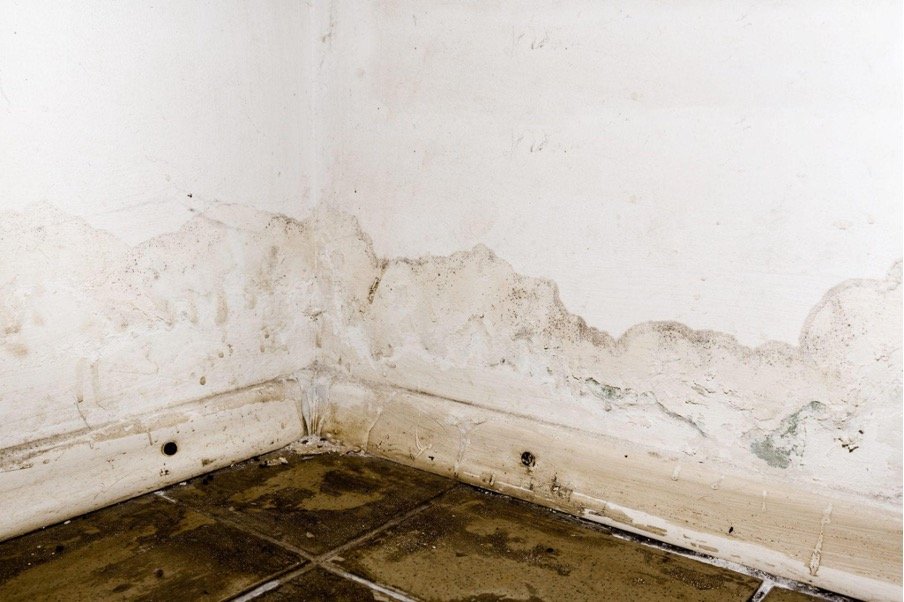Usual Root Causes Of Water Damage in a Bathroom
SourceIn this article below you can find more awesome information and facts on the subject of How to Prevent Bathroom Water Damage.

The restroom is incredibly susceptible for damp build-up as well as possible water damages as a result of the regular use of water in it. This short article provides easy evaluation techniques to help detecting water damages threats.
The constant use water in the restroom makes it incredibly vulnerable for wet buildup as well as prospective water damage. By inspecting it consistently, you can decrease water related damages.
The adhering to collection of assessments is easy to perform and also must be done when in every three months in order to maintain your shower room in good shape and to stop prospective water damages caused by the bath tub, the shower, pipeline joints and plumbing, sinks, closets, and also the bathroom
Do not neglect executing these assessments and be thorough while executing them. Bear in mind that these simple assessments can save you a great deal of money by providing early indications for water damages
Sinks and Cabinets
Sinks and also cupboards are exposed to dampness and also humidity daily as well as are frequently forgotten. Check regularly under the sink and also on the countertop over it. Repair any kind of drip in the trap as it might suggest drainpipe issues. Check out the sink, sluggish draining pipelines may show a blocked drainpipe. Change sink seals if they are broken or loosened.
Bathtub and also Shower
The shower and tub call for special focus and upkeep. Check the ceramic tiles and change if fractured. Ensure that there is no missing out on grout in between the floor tiles. Inspect as well as change broken caulking at joints where the wall surfaces meet the floor or the bath tub. Clogged drains as well as pipelines problems will protect against the bathtub from drying out and also may suggest significant problems underneath the bath tub. Consult with an expert right away to stop architectural damage. Focus on stainings or soft locations around the bathtub walls as they might show an internal leak.
Plumbing
Signs for water damages are tough to detect because many pipelines are mounted inside the walls.
Pay unique focus to flooring as well as wall surfaces moisture as well as discolorations as they may suggest an undetectable plumbing issue. Examine moisture levels in adjacent areas as well.
The Bathroom
The commode is a vulnerable water junction. Check the water lines as well as look for leakages around the toilet seat, in the hose pipe, and also under the water container. If you detect any type of indications of dampness on the flooring around the commode, look for leaks in the toilet rim as well as container seals.
Realize that hanging toilet bowl deodorants boosts the possibilities for obstructions.
Water Damage Signs In The Bathroom To Avoid Cleanup
Musty smell
This is one of the easiest signs to catch because musty smells are so odorous. The damp, earthy, moldy smell should be a big red flag. The smell will develop when moisture gets trapped in surfaces, and begins to facilitate mold growth. Leaking pipes under cabinets, inside walls, and behind shower fixtures will cause moisture to stay trapped and not dry, which will lead to mold growth and spread. As soon as you notice any musty smells in your bathroom, have it checked for hidden water damage and cleanup signs.
Visible mold
If the smell isn’t there to give it away, sometimes you will actually see mold growth. Finding mold in your bathroom is a serious problem, because mold is very harmful to your health. By the time mold growth is visible, it also means that water damage has already occurred and been present for some time. The only way the mold problem can be resolved is to find the source of the moisture and get it stopped. To safely and adequately remove mold, you need to have professionals handle the remediation. Do not waste any time in getting mold problems addressed, fixed, and sanitized so that you can protect you and your family from the many respiratory symptoms caused by mold exposure.
Damaged floors
Bathroom floors should be able to withstand some exposure to water while still remaining in good condition. However, when excess exposure or water leaks occur, they will begin to damage even the most water-resistant flooring. If you notice any cracking, bubbling, staining, or warping on your bathroom floors, there is probably a water leak somewhere causing the distortion. If you notice areas of the floor have become softer, or even have a spongy feeling, there is probably damage to the subfloor. Subflooring is typically made up of plywood. When plywood is exposed to water or moisture, it will absorb it. Once it has become saturated, the weight of the excess water will cause the wood to swell and soften. Check the floors in your bathroom frequently to catch any of these sings before they lead to damaged subflooring.
Changes on walls
When water leaks behind walls, it will cause changes in the drywall. Peeling plaster, blistering paint, and soggy wallpaper are all good indicators that excess water is building up behind the wall. Water leaking behind drywall will cause it to swell and be soft to the tough. If you start to notice gaps along the trim of your walls, or where tile meets the wall, it could also be a strong indicator that there is a leak behind the wall. Any changes, distortion, or damage on the walls should be evaluated as soon as you notice it to prevent further water damage and cleanup.

We were shown that editorial on How to Fix a Water Damage Bathroom through an associate on a different web address. Remember to set aside a second to distribute this write-up if you enjoyed reading it. We cherish reading our article about How to Repair and Prevent Bathroom Water Damage.
Schedule Here